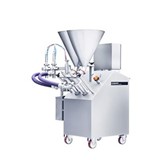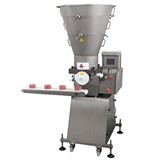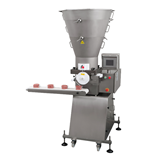The GI measures the difference between carbohydrates according to their effect on blood glucose levels.
Low GI carbohydrates producer smaller fluctuations in blood glucose and insulin levels and reduce the long-term health risks of diabetes. Low GI diets can also improve weight loss and cardiovascular disease risk.
The new Australian Standard, produced by Standards Australia, for the first time sets out a recognised scientific method to determine the GI of foods. The Australian Standard for GI has been submitted to the international Organization for Standardization for potential adoption by other member countries around the world as an International Standard.
John Tucker, Standards Australia CEO, said the new Australian Standard would set a recognised yardstick consumers and food producers can use to guarantee the GI claims of their products.
"Consumers looking for healthy foods need to be confident the claims made by food manufacturers on their labelling are accurate," Tucker said.
"Historically, not all GI values on food labels have been reliable with some claims based on extrapolation or inappropriate methodology."
"A national standard, prepared by an independent body like Standard Australia, provides an alternative to industry using different in-house methods to obtain the GI value of a food," Tucker said.
The Australian Competition and Consumer Commission (ACCC), monitors and investigates any deceptive practices in relation to GI values on food labels.
Low GI foods include:
- Wholegrain breakfast cereals based on oats, barley and psyllium;
- Breads with whole grain kernels, stone-ground flour, sour dough;
- Most fruits and vegetables (not potatoes);
- Basmati or Doongara rice;
- Pasta, noodles, quinoa;
- Legumes and dahls
The new Australian Standard will be made available to regulators and could be referenced in the Food Standards Code of the Australia New Zealand Food Authority.













